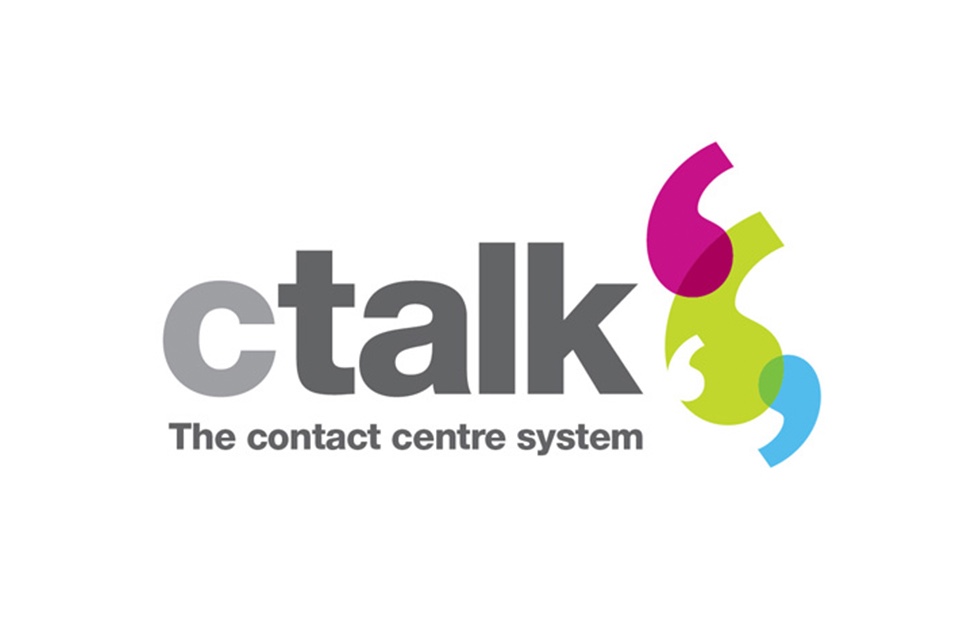Business intelligence to support a post-pandemic mindset
https://contactcentresummit.co.uk/wp-content/uploads/2022/09/woman-sitting-on-sofa-while-looking-at-phone-with-laptop-on-920382-1024x683-2.jpg 960 640 Stuart O'Brien Stuart O'Brien https://secure.gravatar.com/avatar/81af0597d5c9bfe2231f1397b411745a?s=96&d=mm&r=gThe ‘management versus employee’ battle on WFH continues – but have managers recognised why hybrid working has become such a problem? Without face-to-face interaction, remote workers have far less trust in the information provided by distant colleagues – or distant business partners/ suppliers/ customers. And that is leading to a breakdown in relationships across the board.
Furthermore, the pandemic has exacerbated differences in working attitudes: for every ambitious individual wanting to make a fast impact on the business before moving on to the next challenge, there is another taking the quiet quitting approach, coasting along doing just enough to get by. How do the former engage the latter or monitor their progress to ensure key tasks are done – especially when they have zero trust in the business information currently available? The stand-off will be both inevitable and painful – especially given the continued challenge to recruit talent.
Peter Ruffley, CEO of Zizo, discusses how fast analytics projects that deliver rapid business insight are now urgently required to rebuild trust – and not just in data.
Lost Trust
Hybrid working has thrown up many operational challenges for businesses but one of the biggest issues – and one that is radically undermining business performance – is an endemic lack of trust associated with remote employees. Without face-to-face contact, companies are discovering that individuals simply do not have the same level of faith in the information presented. Untrusted information has zero value to any business.
Individuals instinctively trust information more when colleagues are physically present to support and field questions about it, but not so much when those same colleagues are remote. Information shared in a meeting room has far more credibility than screen shares on Zoom. And that is creating real problems – undermining relationships between colleagues and raising questions of trust between business partners.
How can businesses monitor and manage business relationships if they cannot trust the, typically outdated, performance information being provided? How can managers inspire less engaged colleagues to perform if most of the discussion is an argument about data accuracy? Resentment is building – and the hybrid working problem is far deeper than debates about the number of mandated days in the office.
Given the escalating economic challenges faced globally and the associated need to be far more agile and responsive, no company can afford to be hamstrung by this lack of trust, the business implications could be devastating.
Information Frustration
This issue is particularly painful for those organisations still struggling with weekly and monthly reporting cycles. The less they trust the information presented, the more individuals are demanding it. They want more information, with greater frequency and significantly improved business relevance. The need for data they can use, rapidly, to achieve measurable improvements, is clear.
Individuals are also frustrated that businesses cannot provide the same level of information available as standard within the online consumer market. If an eCommerce provider can show complete order history at any time, with the option to drill down for all the detail, why should the working environment be any different? Why are managers compelled to wait weeks for summary information that, more often than not, fails to provide the insight they require?
Of course, the demand for fast access to trusted information is nothing new. What has changed is the attitude and expectation. Ambitious individuals want to make their mark quickly. They don’t want to be constrained by limited access to untrusted data that will inevitably delay the essential improvements in process or customer experience: how would that look on the CV? Plus, of course, every business needs quick wins and a way to achieve incremental digital transformation – and that means taking a very different approach to data analytics projects.
Instant Analytics
The new mantra is not just fast change and confidence in tangible deliverables but: can this be done now? ‘Is the data in place to support this objective?’ is the most important question to ask – and answer. This model is nothing like the ‘build it and they will come’ approach of data warehouse projects that spent years collating data resources before the business even had a chance to verify the relevance of what was being collected, let alone determine whether the information could support business change. Instant data analytics projects must be able to answer the data question within days, assessing whether the data is of high enough quality and completeness to answer the business question.
Any instant analytics project starts with the first step in the data lifecycle (collect, combine, context, change) to determine what information is in place today, what valuable insight can be immediately leveraged and whether that supports the outlined priority business goal. If not – the project can be immediately reviewed, and steps put in place to collect the right data. Cost and time have been minimal and essential knowledge has been gained about the existing data. On paper, a fast fail is also a success, because it is a win to identify the business processes not in place to achieve the outlined goals, as the business can now begin to collect the required information resources.
If the data is already collected it can be the foundation to rapidly achieve the desired goal, combining sources and adding context to unlock essential insight. Critically, this is an iterative process that builds incremental value: a project should deliver within three months and provide a platform for the next iteration.
Business Driven
The other fundamental change is that instant data analytics projects are business, not IT-driven. A business user understands the relevant data – and how it can drive change. A successful instant analytics project is about identifying a process that can be digitally transformed very quickly to deliver quantifiable value to the business, or utilising data to win more customers – and engaging with individuals across the business to ensure this is a fixable problem.
For example, a traditional project would have focused on improving the performance of the entire production line – taking years to achieve any change. An instant data analytics project, in contrast, looks for a very quick win – for example by moving a test process from the end of the production line to immediately after the stage when the failure could happen. This highlights any problems as they occur, allowing immediate remediation and response. The result is a small, fast win that builds confidence in data and encourages further incremental development at other stages of the process.
Plus of course, the process transforms trust – trust in data, colleagues and business partners. Whether it is providing a supplier with on-demand access to a KPI dashboard, allowing the company to click through for detailed information or giving managers immediate access to sales information, rather than waiting for the weekly spreadsheet debate, small, business-driven information wins create a step change in data perception and trust.
Conclusion
Businesses are rapidly recognising the implications of the loss of trust. The breakdown in relationships between colleagues and business partners is not just due to the lack of face-to-face interaction but the implicit concerns regarding the information they are sharing. Without immediate, accurate data insights that are trusted by everybody, how will any business respond with the speed and confidence required to succeed in the current economic environment?









